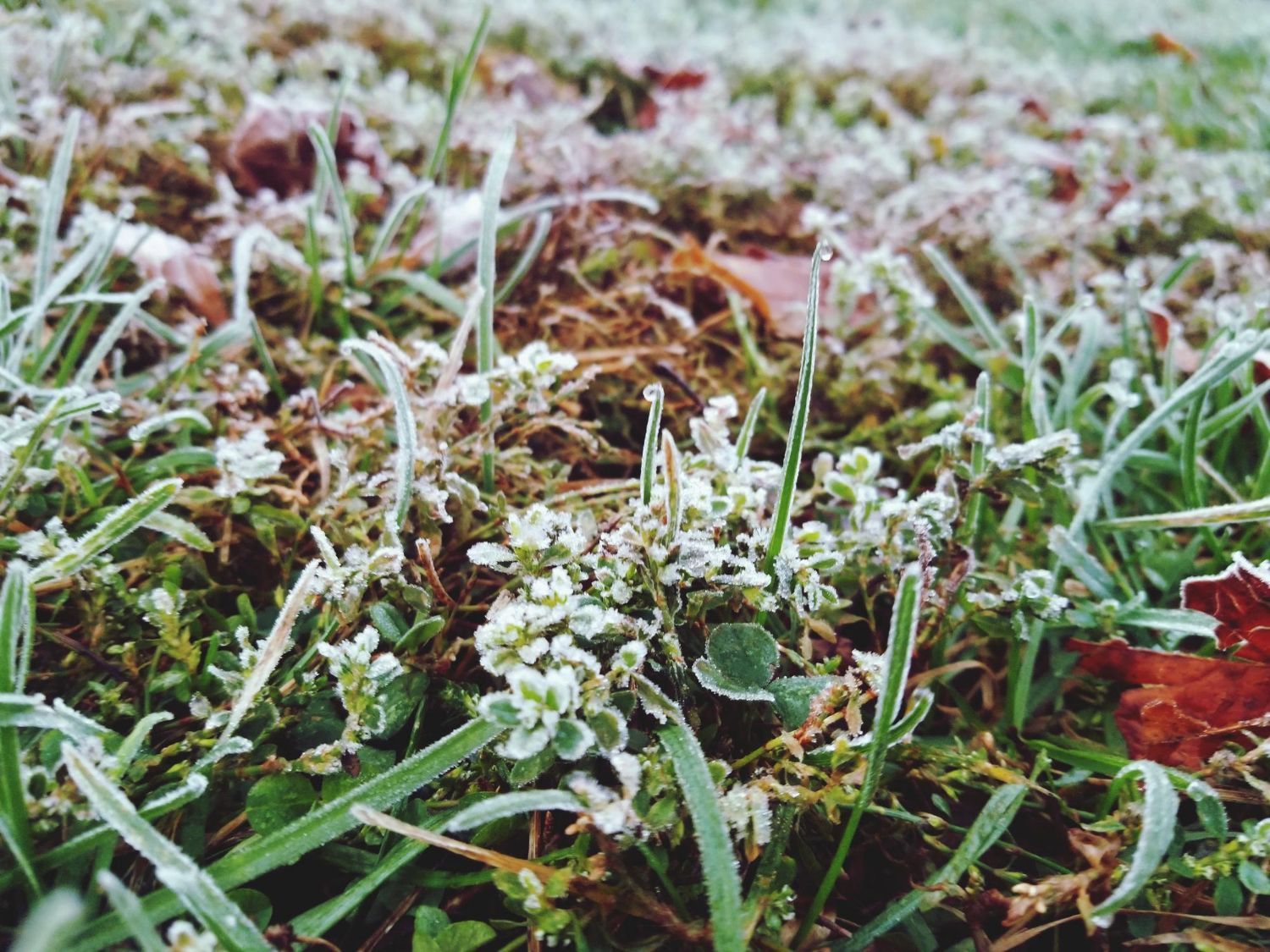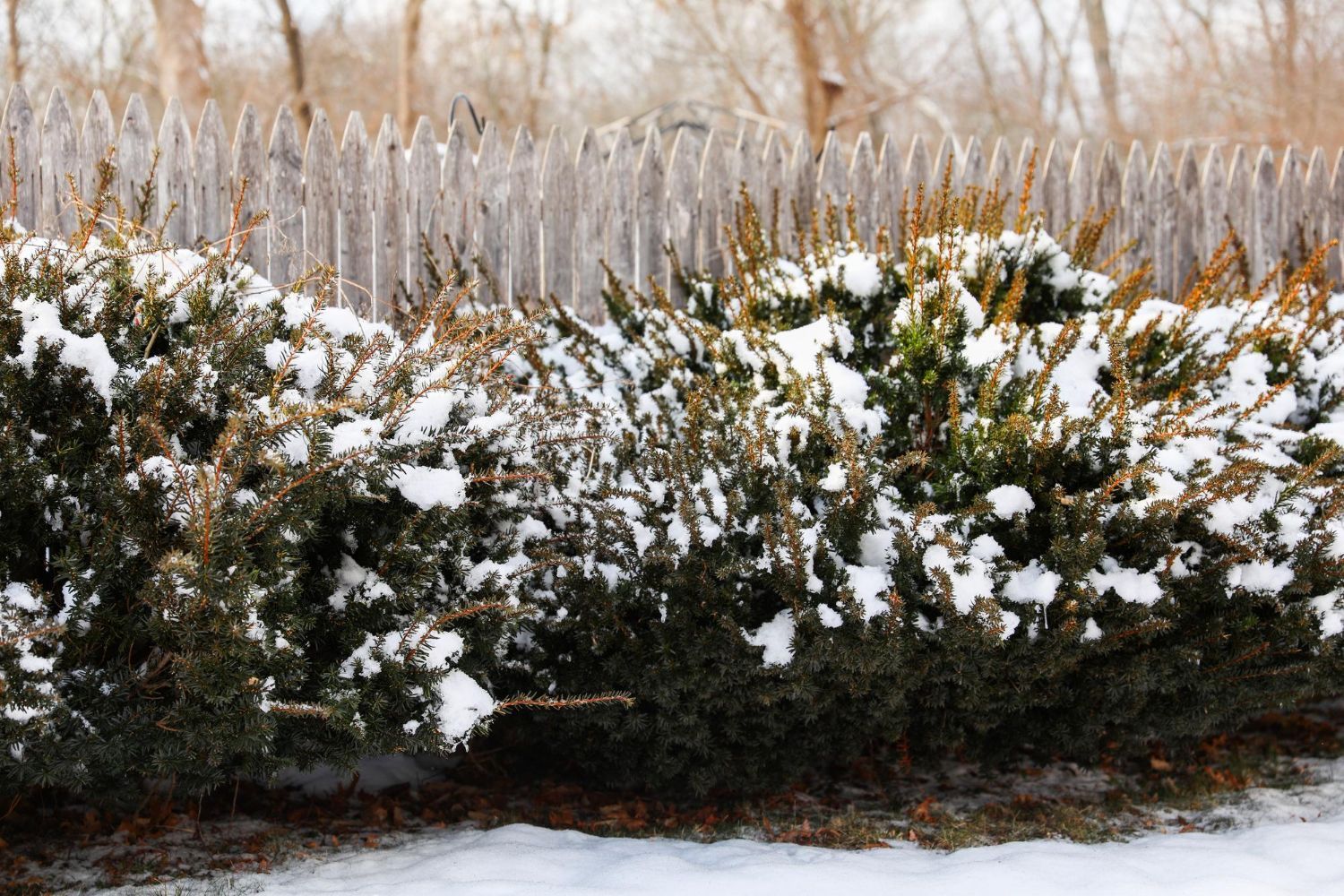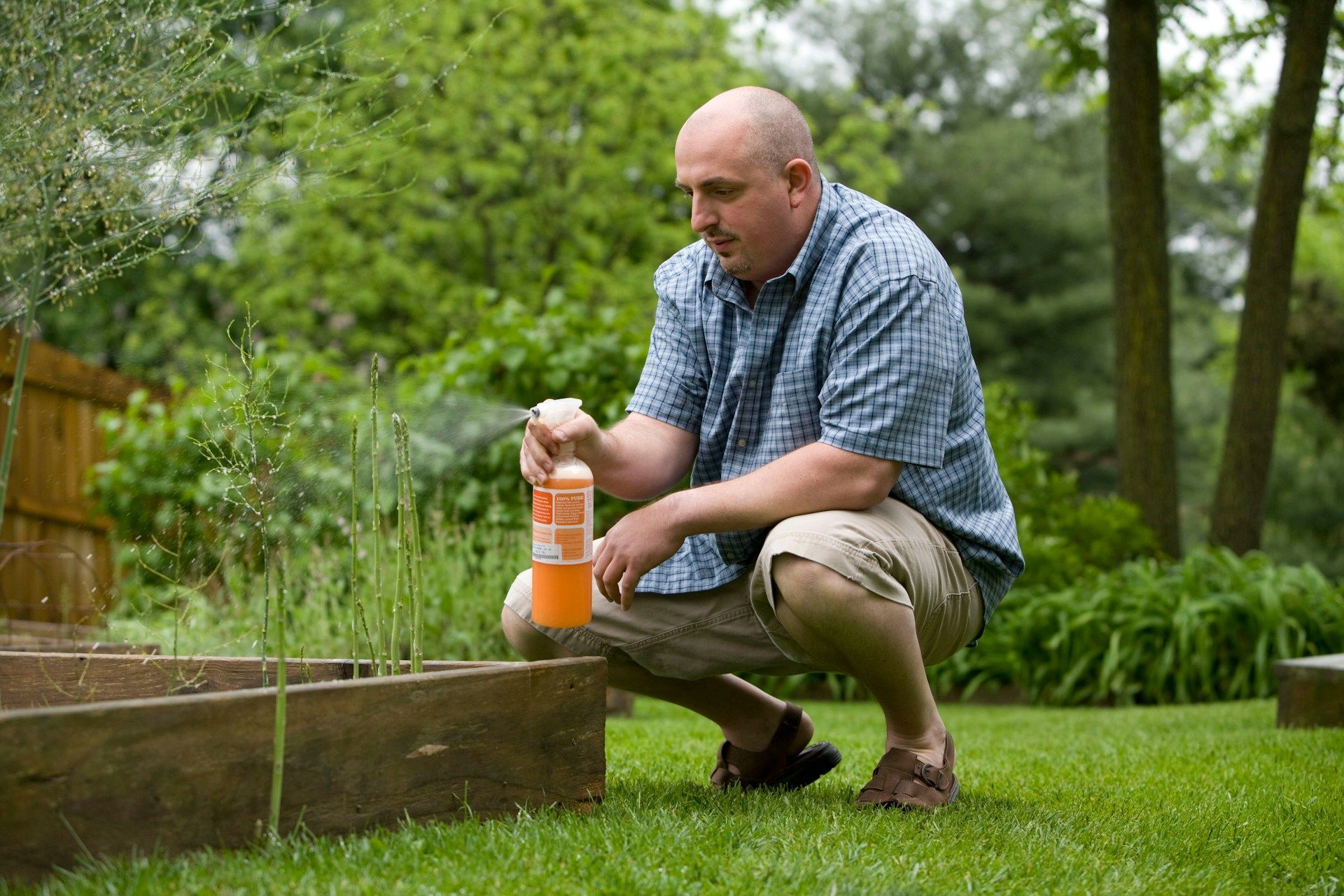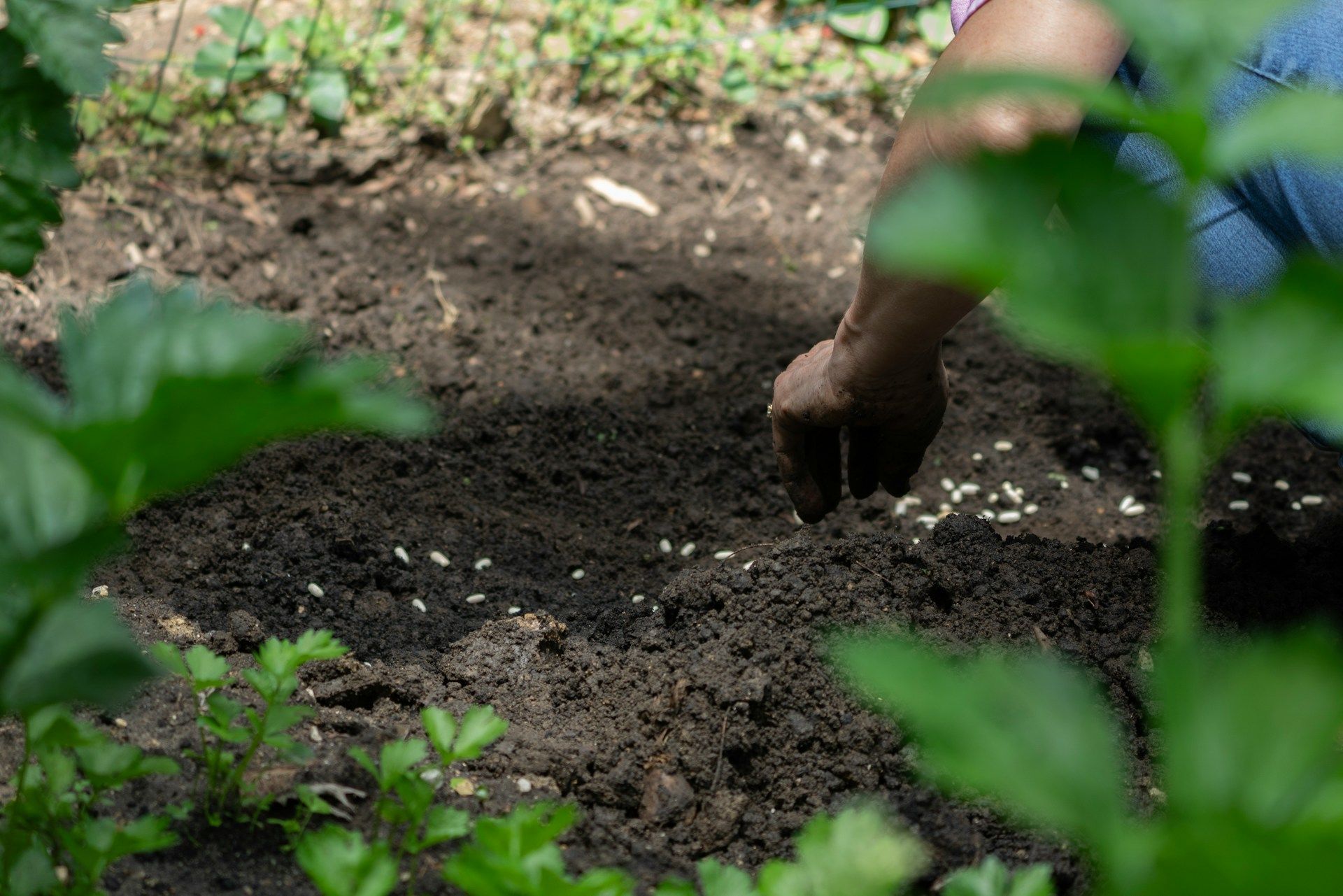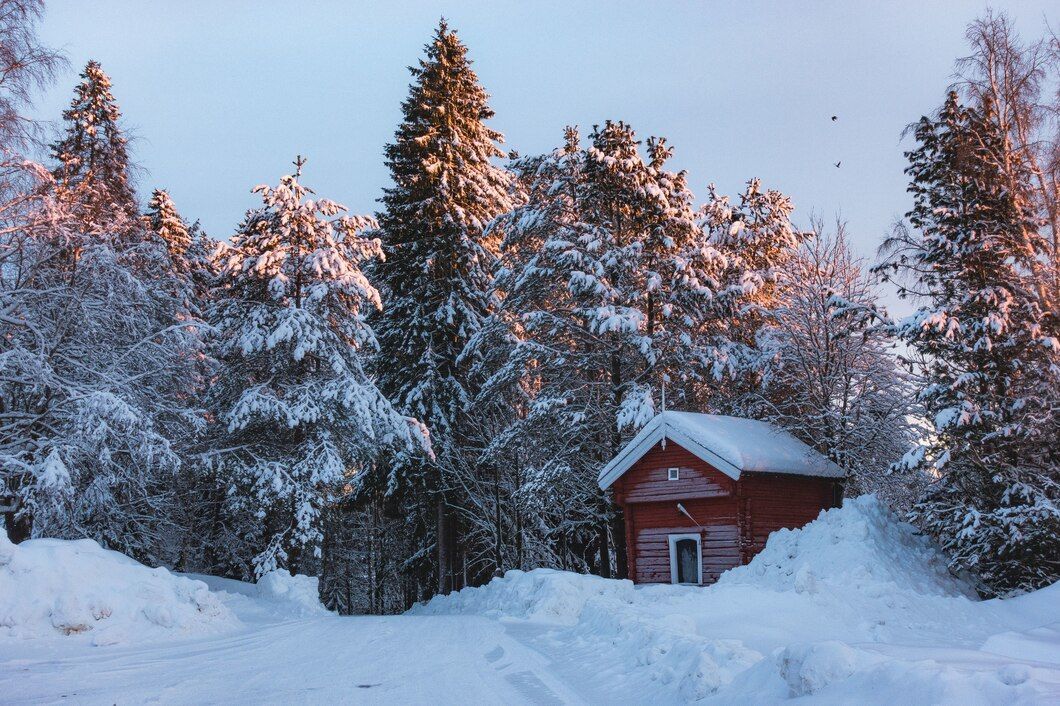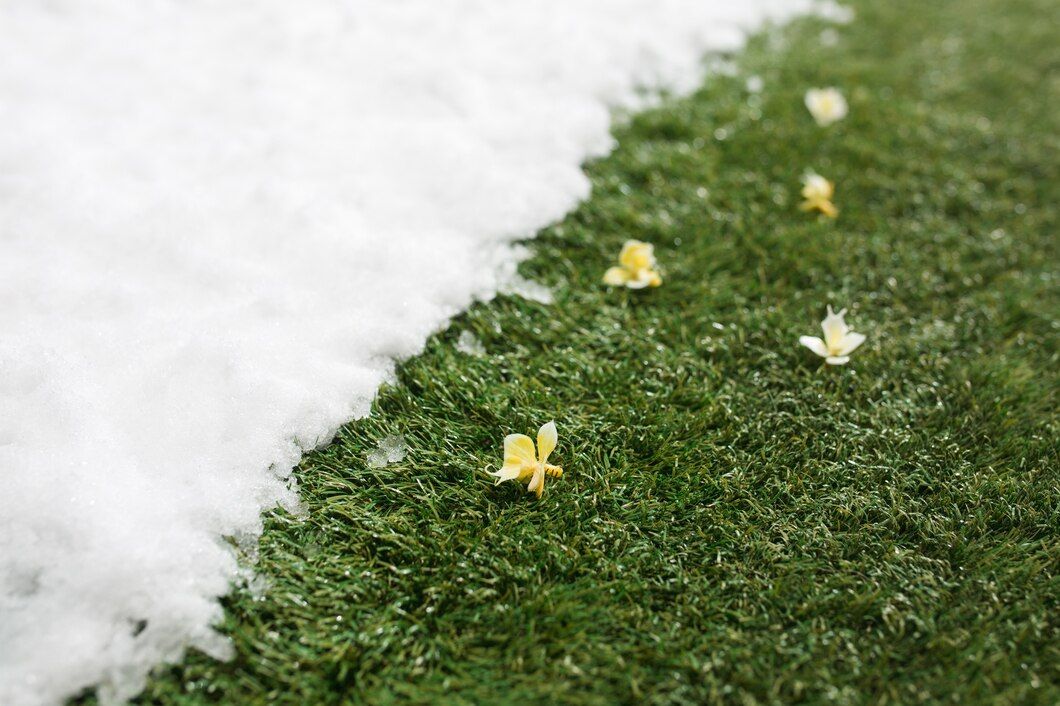What Our Customers Are Saying
Top Reasons Why Mulching Is Important for Your Lawn
Mulching is a simple yet powerful way to keep your lawn healthy and looking its best. By adding a layer of mulch to your soil, you protect your grass and plants while enhancing their growth. Mulching not only helps maintain soil moisture but also regulates temperature and reduces the spread of weeds. These benefits make mulching an essential task for anyone wanting a lush and vibrant yard.
Different types of mulch offer various benefits, so selecting the right kind for your lawn is important. Organic mulches like wood chips and compost break down over time, enriching the soil with nutrients. Inorganic mulches like gravel and landscape fabric provide long-lasting weed control and help maintain soil structure. By choosing the right mulch, you can address specific needs and challenges in your lawn care routine.
Applying mulch properly and adjusting your techniques based on the season can significantly impact the health of your lawn. Whether it’s spring, summer, fall, or winter, each season has its own set of best practices for mulching. Understanding these seasonal tips ensures your lawn receives the right care year-round, leading to a beautiful and robust landscape.
Benefits of Mulching for Your Lawn
Introduction to Mulching Benefits
Mulching is a simple yet powerful technique that offers a multitude of benefits for your lawn. It involves spreading a layer of material on the soil's surface to protect and enhance the area beneath. Whether you use organic or inorganic mulch, this practice can significantly improve the health and appearance of your lawn.
A key benefit of mulching is moisture retention. Mulch acts as a protective barrier, reducing water evaporation from the soil. As a result, your lawn needs less frequent watering, which can save time and reduce water bills. Additionally, mulching can shield soil from the harsh effects of the sun and wind, maintaining a more stable temperature for your grass roots.
Enhancing Soil Health
Mulching plays a vital role in enhancing soil health. Organic mulches, like grass clippings, leaves, and wood chips, decompose over time, enriching the soil with essential nutrients. This process improves soil structure, increases its ability to retain water, and promotes healthier grass growth.
Furthermore, mulching can encourage the activity of beneficial soil organisms such as earthworms. These creatures help break down organic matter and improve soil aeration, creating a healthy environment for your lawn to thrive. Additionally, mulch can help prevent soil erosion by shielding it from heavy rain and wind.
Reducing Weed Growth
Nobody likes dealing with weeds, and mulching can be an effective way to keep them at bay. By covering the soil, mulch blocks sunlight from reaching weed seeds, inhibiting their growth. This helps reduce the need for chemical weed killers, making your lawn care routine more eco-friendly.
A thick layer of mulch also makes it harder for weed seeds that do sprout to establish a strong root system. As a result, weeds that do manage to grow are often weak and easier to remove. Regular mulching can significantly reduce the time and effort you spend on weed control, allowing you to enjoy a lush, weed-free lawn.
Types of Mulch and Their Uses
Organic Mulches
Organic mulches are derived from natural, biodegradable materials that improve soil health as they decompose. Some common types of organic mulch include:
1. Grass Clippings: Readily available and effective for moisture retention. Spread thin layers to prevent matting.
2. Leaves: Shredded leaves are great for insulating soil and adding nutrients. Avoid wet leaves as they can create mold.
3. Wood Chips: Long-lasting and visually appealing. Ideal for flower beds and around trees and shrubs.
4. Compost: Rich in nutrients but best used in combination with other mulches to prevent compaction.
Each type of organic mulch offers unique benefits and can be chosen based on the specific needs of your lawn and garden.
Inorganic Mulches
Inorganic mulches consist of non-biodegradable materials that do not decompose. These types of mulch are often used for decorative purposes and long-term soil protection. Some common inorganic mulches include:
1. Gravel and Pebbles: Effective for controlling weeds and providing a clean appearance. Great for paths and driveways.
2. Black Plastic: Good for warming the soil and reducing weeds. Often used for vegetable gardens but needs regular replacement.
3. Rubber Mulch: Made from recycled tires, it is durable and long-lasting. Suitable for playgrounds and landscaping.
While inorganic mulches don't enrich the soil, they offer other benefits like durability and low maintenance.
Best Mulch for Your Lawn
Choosing the best mulch for your lawn depends on your specific needs and preferences. For general lawn care, organic mulches are often the best choice due to their soil-enriching properties. Grass clippings and shredded leaves are easy to source and provide excellent benefits for moisture retention and nutrient supply.
For ornamental purposes or specific areas like pathways, inorganic mulches like gravel or rubber are suitable because of their durability and aesthetic appeal. However, they should be used sparingly in areas where soil health is a priority.
By selecting the right type of mulch and applying it correctly, you can maintain a healthy, beautiful lawn that thrives throughout the seasons.
How to Properly Apply Mulch
Preparation Steps
Before spreading mulch, it's important to prepare the area properly. Start by cleaning the site to remove debris, weeds, and old mulch. This will ensure that the new layer of mulch can lay flat and effectively cover the soil.
Next, turn the soil lightly using a rake or garden fork. This helps aerate the soil and ensures better water penetration. If you're applying mulch in a garden bed, consider edging the bed first. This creates a neat boundary and helps keep mulch from spilling onto your lawn or walkways.
Correct Mulch Application Techniques
Applying mulch correctly can enhance its benefits. Follow these steps for best results:
1. Spread Evenly: Apply mulch in an even layer, aiming for a depth of about 2-3 inches. Too much mulch can suffocate plants, while too little may not provide adequate protection.
2. Keep Away from Stems: Avoid piling mulch directly against the stems or trunks of plants and trees. This prevents rot and allows air circulation around the base.
3. Water After Application: After spreading mulch, water the area thoroughly. This helps settle the mulch into place and starts the process of moisture retention.
Regularly check your mulch layer and replenish it as needed to maintain the ideal thickness and effectiveness.
Common Mistakes to Avoid
When applying mulch, avoid these common mistakes to ensure your lawn and garden benefit fully:
- Over-Mulching: Applying too thick a layer can suffocate plants and prevent water and nutrients from reaching the soil.
- Incorrect Mulch Type: Using the wrong type of mulch for your specific plants can lead to poor growth and other issues.
- Ignoring Edges: Failing to define bed edges can lead to messy borders and mulch spreading onto lawns or paths.
By avoiding these mistakes, you can ensure that your mulching efforts are effective and beneficial.
Seasonal Mulching Tips for Optimal Lawn Care
Spring Mulching Strategies
Spring is an ideal time to apply mulch. It helps retain moisture as temperatures rise and reduces weed growth. Use a fresh layer of organic mulch to give your plants the boost they need during this active growing season. Also, it's a good opportunity to remove any old, decomposed mulch and refresh the beds.
Make sure to check soil temperature before mulching. Applying mulch too early when the soil is still cool can delay warming, slowing plant growth. Aim to mulch after the soil has warmed up but before weeds begin to germinate.
Summer and Fall Mulching Tips
In summer, mulch helps retain moisture during hot, dry spells. It's crucial to keep mulch layers at the optimal thickness to prevent overheating the soil. Check mulch levels regularly and add more if you notice thinning areas.
For fall, mulch can insulate plant roots and soil as temperatures begin to drop. This is especially important for perennial plants and young trees. Use organic mulch that will break down over winter, adding nutrients back into the soil for the following spring. Fall mulching also helps suppress late-season weeds.
Winter Mulching Benefits
Winter mulching protects your lawn and garden from harsh conditions. A thick layer of mulch acts as a blanket, keeping soil temperatures stable and protecting plant roots from freeze-thaw cycles. Apply mulch after the first hard frost to ensure pests are not seeking shelter in the protective layer.
For trees and shrubs, use mulch to create a barrier against frost heaving, which can expose roots to cold air. Avoid direct contact with the trunk, keeping mulch a few inches away to prevent rot.
Conclusion
Mulching is a simple, effective method to enhance your lawn and garden's health year-round. Proper preparation, application, and seasonal tips ensure your mulch provides the maximum benefits, from moisture retention and soil health to weed control. Choosing the right type of mulch and applying it correctly can transform your yard into a thriving, beautiful space with less effort. By integrating these mulching practices, you can enjoy a healthier, more attractive lawn and garden throughout the seasons.
For expert
mulching services and professional lawn care advice, contact Healthy Lawn today. We’ll help you achieve the lush, vibrant yard you’ve always wanted.



